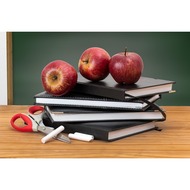3.1.4 What are the Important Natural Characteristics of Michigan?
(View Complete Item Description)In this lesson students continue their study of the important natural (physical) characteristics of Michigan by exploring vegetation and climate. They begin by analyzing special purpose maps of forests and orchards. Next they are introduced to the concept of climate, connecting to science topics of weather and seasons from previous grades. In addition, they briefly explore the impact of the Great Lakes on climate. The lesson also includes a chart reading activity dealing with Michigan state symbols.
Material Type: Activity/Lab, Assessment, Homework/Assignment













